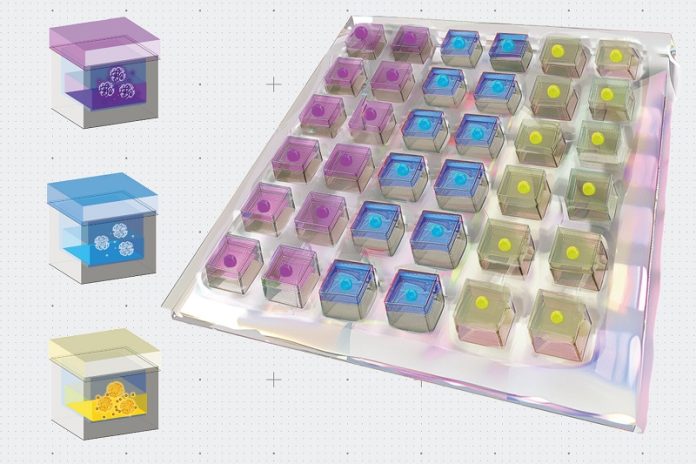
MIT scientists have created a new kind of medical patch that could help the heart heal after a heart attack.
The soft, flexible patch delivers several medicines directly to damaged heart tissue—each drug released at just the right time to support the body’s natural repair process.
After a heart attack, part of the heart muscle dies because of a lack of oxygen. That area doesn’t grow back, so patients are left with permanent damage and weaker heart function.
“Our goal is to restore that function and help people regain a stronger, more resilient heart after a myocardial infarction,” said Ana Jaklenec from MIT’s Koch Institute for Integrative Cancer Research.
Jaklenec and Professor Robert Langer, also from MIT, led the study, which was published in Cell Biomaterials.
Tests in rats showed remarkable results: animals treated with the patch had 50% less damaged tissue and much better heart function compared to those given standard drug injections.
The innovation lies in how the patch delivers its medicine. Many heart patients undergo bypass surgery to restore blood flow, but that doesn’t repair the heart muscle itself. The MIT team designed a patch that surgeons could apply to the heart during the same operation. Once in place, the patch slowly releases medicines over two weeks in a pre-set sequence.
The researchers used tiny drug capsules—like microscopic coffee cups with lids—made from a biodegradable polymer called PLGA.
By adjusting the material’s properties, they could control when each capsule opens and releases its drug. For this study, the capsules were programmed to release their contents over three time windows: days 1–3, 7–9, and 12–14 after surgery.
Each stage of release helps the heart heal in a different way. The first drug, neuregulin-1, prevents cell death.
The second, VEGF, stimulates new blood vessel growth. The third, GW788388, prevents scarring that can stiffen the heart. “When tissue regenerates, it follows a carefully timed series of steps,” Jaklenec said. “We designed a system that mimics that natural timing.”
To make the patch, the team embedded these time-release capsules in a thin hydrogel sheet made from alginate and PEGDA—materials that are flexible, biocompatible, and eventually dissolve in the body. The final patch is only a few millimeters wide and can be attached directly to the heart during surgery.
When tested on heart-like tissue grown in the lab, the patch improved blood vessel formation, cell survival, and reduced fibrosis (scarring). In rats that had heart attacks, the patch led to a one-third higher survival rate and far less tissue damage compared to other treatments.
Over time, the patch safely degraded and became an almost invisible layer on the heart within a year. “This is an important way to combine drug delivery and biomaterials to potentially develop new treatments for patients,” said Langer.
Two of the drugs in the patch—neuregulin-1 and VEGF—have already been tested in human clinical trials, while GW788388 has only been studied in animals. The next step will be larger animal studies before possible human testing.
The researchers also hope to develop less invasive versions of the technology. Instead of open-heart surgery, future versions might use stents—tiny tubes placed inside arteries—to deliver the same sequence of drugs on a programmed schedule.
If successful, this smart drug-delivery patch could help millions of heart attack survivors recover stronger, healthier hearts and lead longer lives.
If you care about heart health, please read studies about top foods to love for a stronger heart, and why oranges may help fight obesity, diabetes, and heart disease.
For more health information, please see recent studies about simple guide to a 7-day diabetes meal plan, and why you should add black beans to your plate.



